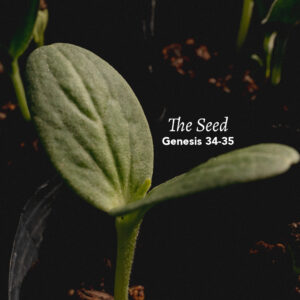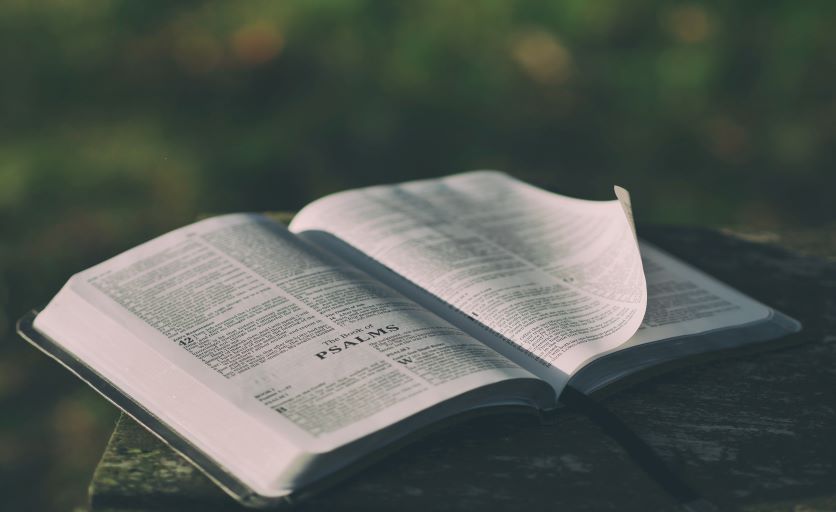Genesis 34-35: The Seed
January 15, 2024
TODAY'S BIBLE READING:
Genesis 34-35, Psalm 15, Matthew 6:16-24, Acts 9:1-19

At this point in the unfolding story of Genesis, it is well to take stock and remember what the arc of the narrative is and how it connects to some of the rather disturbing elements of these and surrounding chapters. In the beginning, we remember, God created everything and it was good (Gen. 1:31). However, people rebelled against God, were cast out of paradise, and in the curse that their rebellion brought upon them, God also pronounced a blessing (Gen. 3). Out of the seed of woman will come One who is to crush the serpent (Gen. 3:15), this “serpent crusher,” Redeemer/Savior figure.
Who is this Redeemer? When is he coming? That is the constant question that hangs over Genesis, and indeed over the whole of the Old Testament. The seed is carried through Eve, the mother of all living, and she wonders whether the serpent crusher could be immediately Cain. How wrong she was, and where then is this Redeemer coming from? That seed is carried through Abraham (Gen. 12:1-3; 15:5-6; 22:17-18), through Isaac (Gen. 26:1-5), and now to Jacob (35:9-15). Each time, the promise is reiterated, gradually fine-tuned, further developed as we are able to understand (God accommodating himself to human understanding), and each time the seed and the promise are protected.
This story here has its extraordinarily unpleasant aspects (Gen. 34). We see the “deceiving” sin of Jacob being perpetuated in the cunning trick of his children (34:13-31). We wonder what Dinah feels about all this—and how little attention is given to whether she wants her honor avenged in this way.
Jacob is told to go back to the place of worship (35:1). Surely this is a biblical principle we can hang onto. When all around begins to fall apart, let us remove our household gods, let us break down our idols, let us go back to worship God alone (35:2-4). Repentance is the first step to renewal.
Under God’s leading, Jacob leads his family back to God (35:5-8). In so doing, he meets God again (35:9) and has the promise to him specifically restated once more. He will be “Israel,” the name signifying his part in being the seed bearer (35:10-15).
At the end of the story, the narrator recounts Rachel’s sad death (35:16-21) and Isaac’s death (35:27-29), with a listing of all the children of Jacob in between (35:22-26). We are reminded again that Jacob/Israel’s physical children are not themselves likely to be the serpent crusher, by the immoral actions of one of them (35:22). We will later see, though, that it is through the line of Judah that the seed will be carried (Gen. 49:10, Psalm 78:67-68).
Those who know how the story will unfold will also hear the name “Joseph” (35:24) as hope to come. Through Joseph, the promise of a serpent crusher will be protected in a most wonderful way, and this ultimate salvation by a Redeemer will only finally be fulfilled in Jesus the Christ.
ABOUT THE AUTHOR
Josh Moody (Ph.D., University of Cambridge) is the senior pastor of College Church in Wheaton, IL., president and founder of God Centered Life Ministries, and author of several books including How the Bible Can Change Your Life and John 1-12 For You.
WANT MORE?
To receive God Centered Life devotionals directly in your inbox, as well as other resources, enter your email address in the form at the bottom of this page and click "subscribe."

